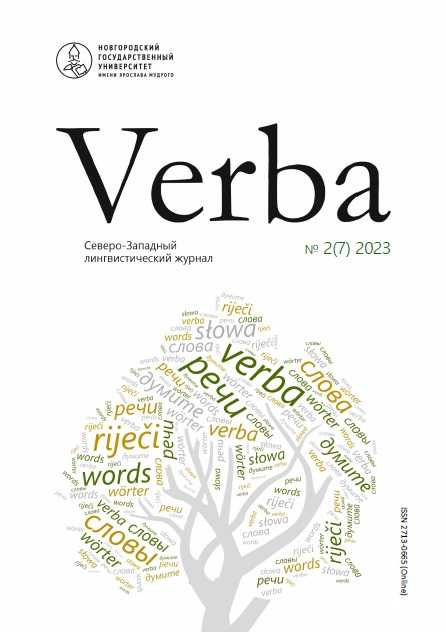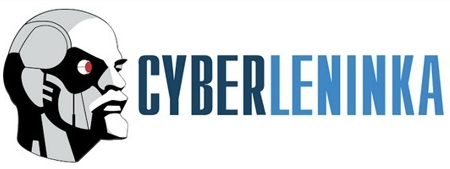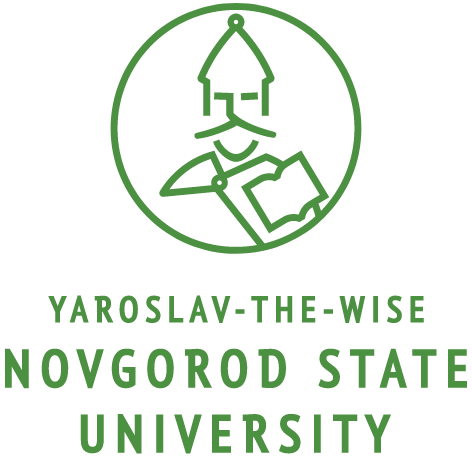Agrammatical texts and their place among the of speech activity’s products
DOI:
https://doi.org/10.34680/VERBA-2023-2(7)-66-77Keywords:
agrammatism, word order, colloquial speech, noun, nominative caseAbstract
Agrammatism in Russian language is understood as the production of an utterance with such violation of morphological and syntactic norms, by which the main means of expressing grammatical meanings are word order and (in oral speech) intonation. Government and coordination are supplanted by parataxis, the frequency of the use of the nominative case increases. This is a situation when there are no proper means of connection between words in an utterance (inflectional morphemes, prepositions, conjunctions, particles), and the utterance itself becomes “crumbly”. The factual material for the paper is extracted from three communication areas: colloquial speech, special texts (commercial and technical advertising) and fiction. It is shown that there are general linguistic grounds that explain the development of this phenomenon. These are: a) expectation on the lexical semantics of words and the combinatorial connections inherent in them; b) grammatical semantics, represented by the linear order of words (and in oral speech – by intonation also); c) support from social conditions, personal characteristics of those who communicate, everyday context, paralinguistic means. The special functional and stylistic role of names in the syntax of the phrase is noted – in their opposition to the verb. In the facts of agrammatism, the interaction of language means with each other is manifested. In this regard, particular prerequisites and conditions are systematized that contribute to the emergence of agrammatic constructions in the Russian language – such as lemmatization, compression, ellipsis, the use of loan-words, etc. A general conclusion is made that agrammatism is not so much a fact of text destruction, but situational (discursive) conditional use of the diverse functionality of the language.
Downloads
Downloads
Published
How to Cite
Issue
Section
License
Copyright (c) 2023 Verba

This work is licensed under a Creative Commons Attribution-NonCommercial 4.0 International License.








